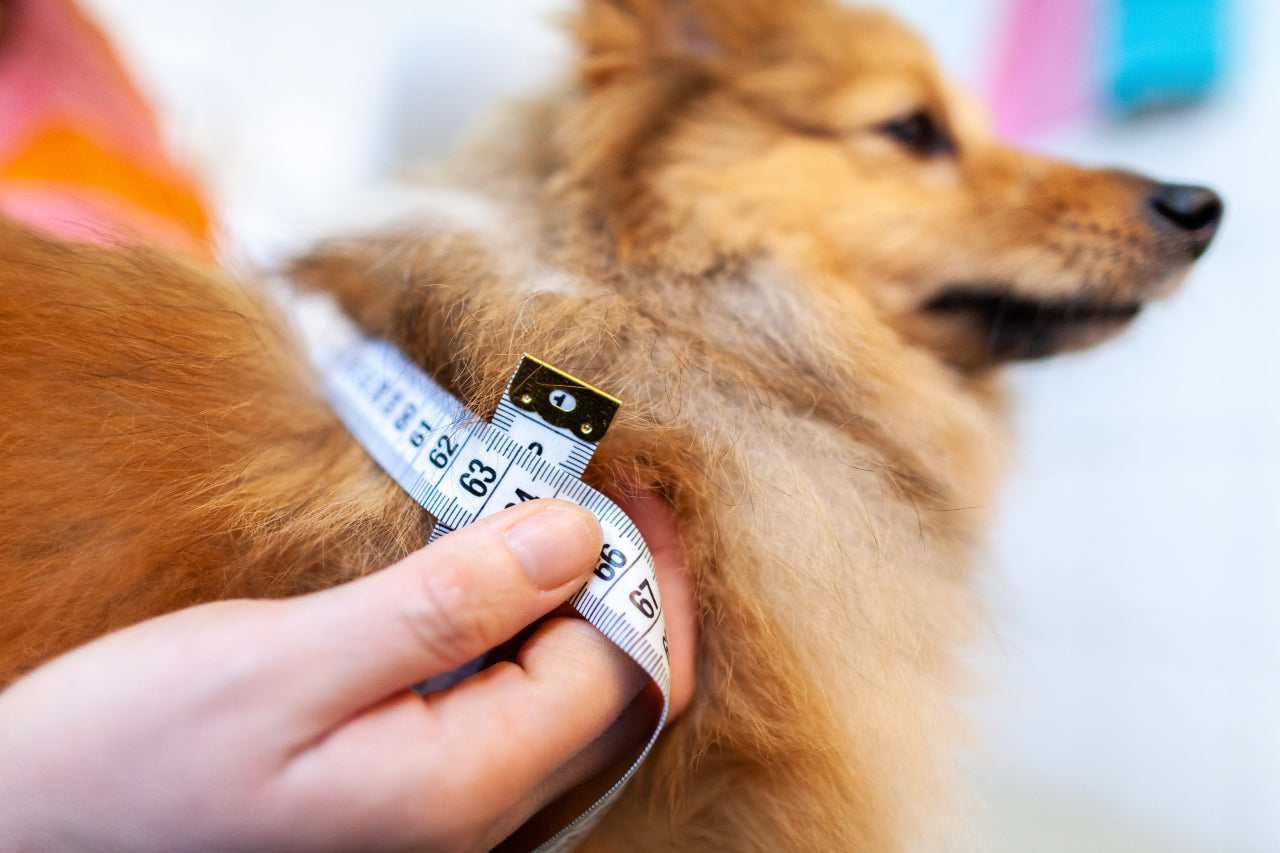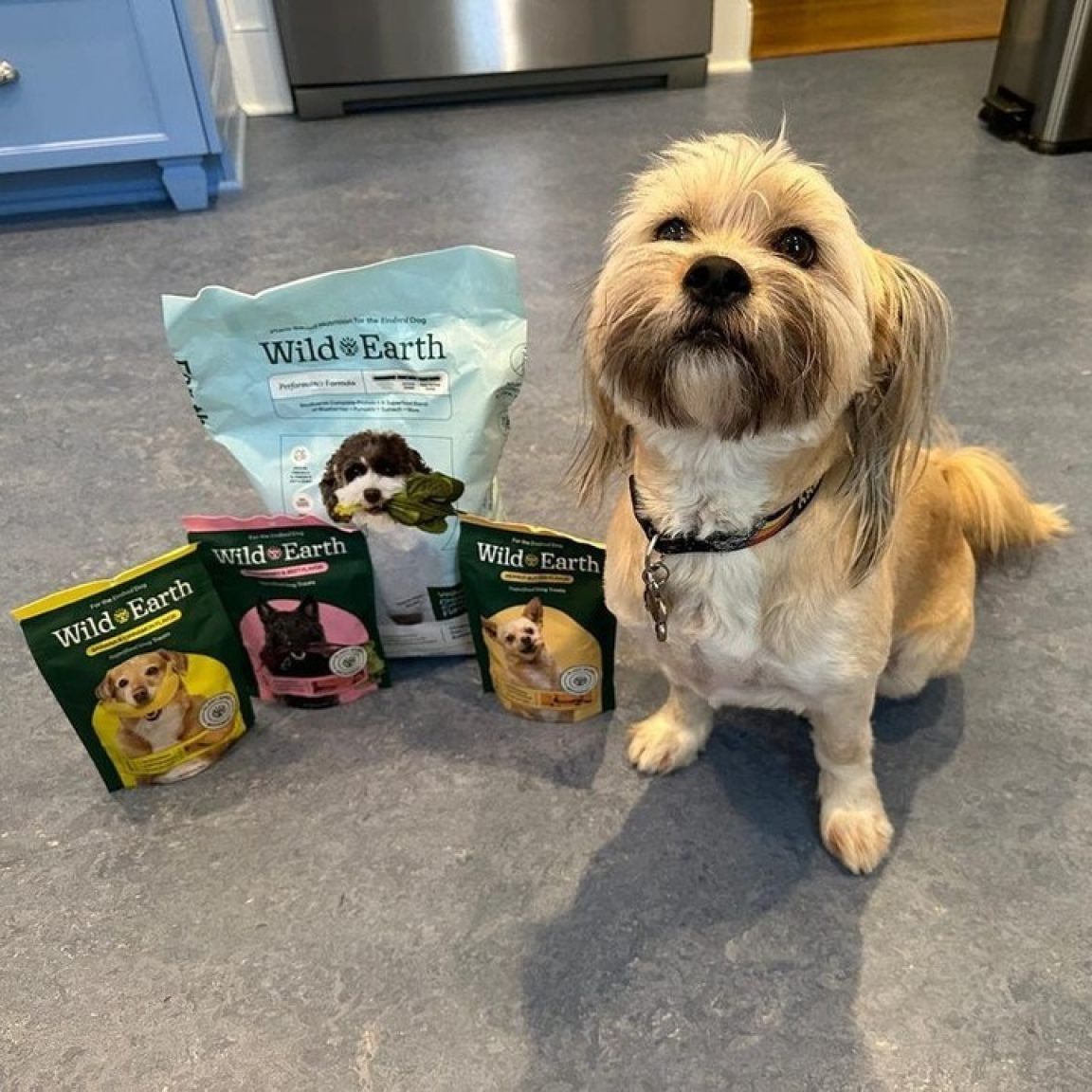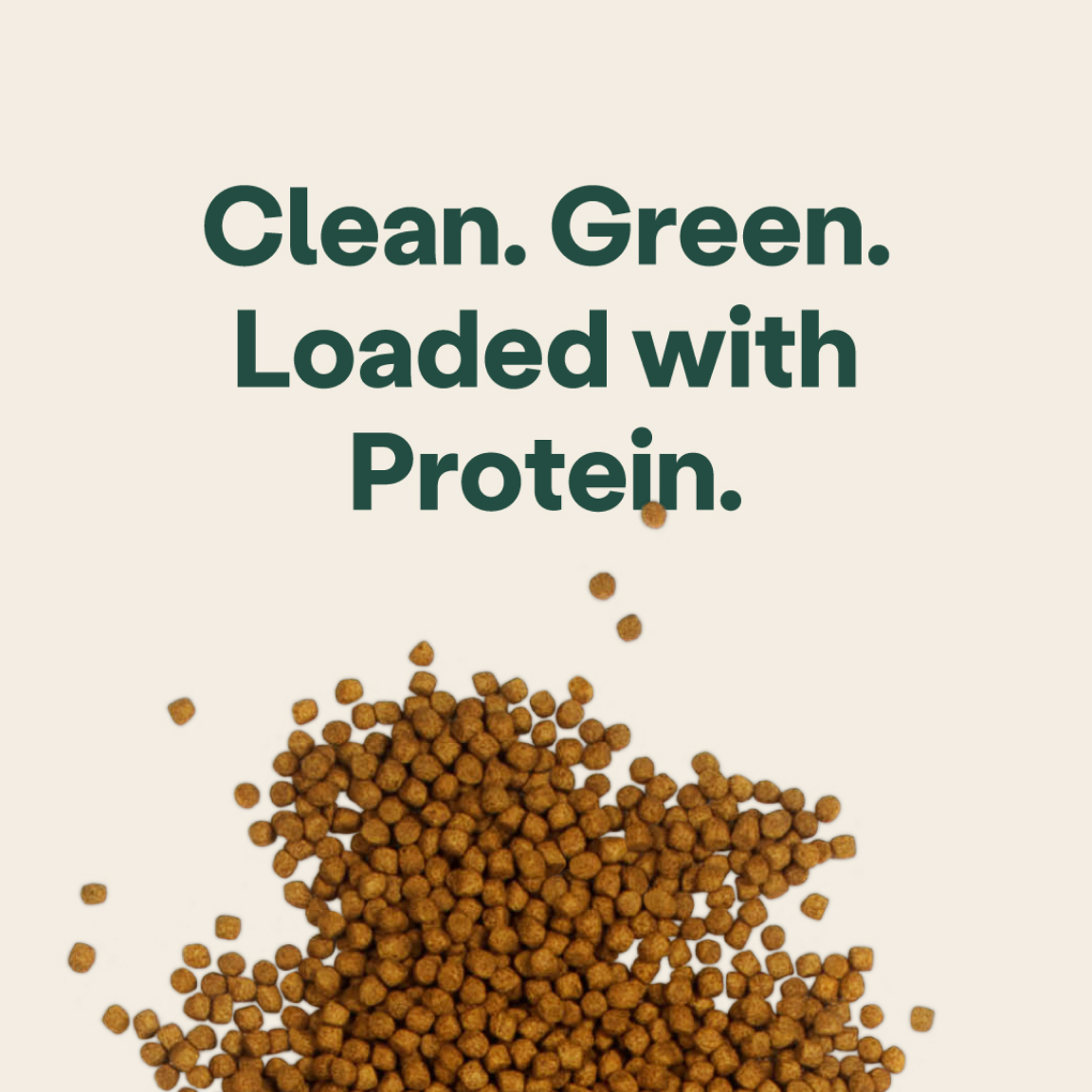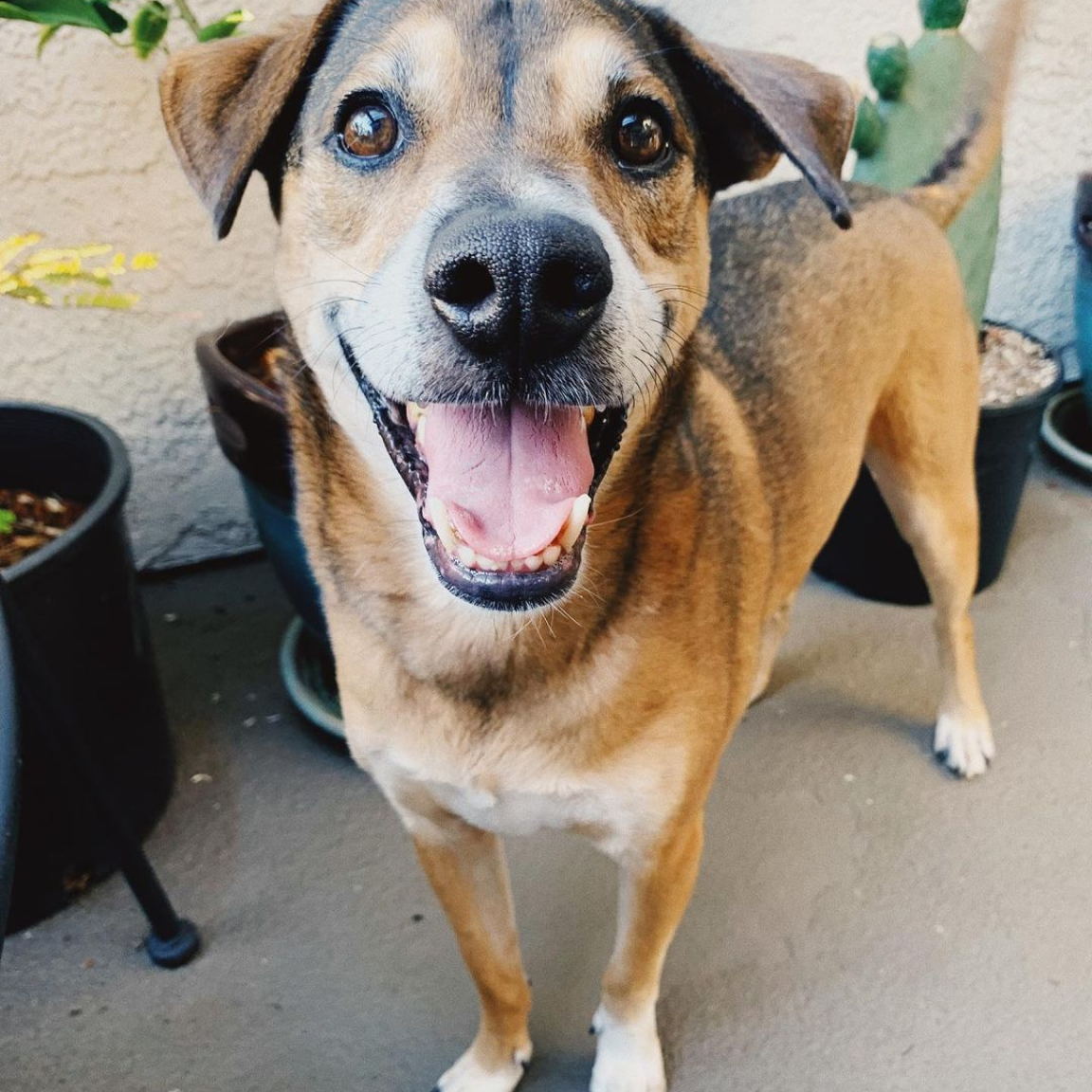
Nutrition and Obesity in Dogs
Did you know that research shows that dog’s who are at a healthy weight live on average TWO years longer than dogs who are overweight? That is a lot of extra time with our precious canine companions, and one of the many reasons to keep them at an ideal weight.
Just like in humans, nutrition plays a vital role in the overall health and well-being of our furry friends. However, the issue of obesity is increasingly affecting dogs, leading to a range of health problems. In this blog, I will explore the importance of proper nutrition for dogs, the factors contributing to obesity, its consequences, and steps that can be taken to prevent and manage this weighty issue.
The Importance of Proper Nutrition
A balanced and nutritious diet is the foundation of good health. Essential nutrients like proteins, carbohydrates, fats, vitamins, and minerals are necessary for growth, energy, immune system function, and organ function. Different breeds and life stages require specific nutrient profiles, so it's crucial to consult with a veterinarian to determine the best diet for your dog.
Understanding Canine Obesity
Obesity occurs when a dog's caloric intake surpasses their energy expenditure, resulting in excess fat accumulation. This issue has become alarmingly common in recent years, with an estimated 50% of dogs being classified as overweight or obese. In fact, obesity is the most common preventable disease in dogs in North America. Several factors contribute to this epidemic:
1. Overfeeding: We have all been guilty of this. As pet parents, we love to show our affection for our dog’s through food, which often results in overfeeding.
2. Poor Diet Quality: Feeding dogs high-calorie, low-nutrient foods can lead to weight gain. It is important to feed a nutritionally complete and balanced diet in the correct portion size.
3. Lack of Exercise: Sedentary lifestyles and insufficient physical activity can contribute to obesity. It is important to keep our pet’s active, no matter their age.
4. Spay/Neuter Status: While spaying/neutering is recommended not only because of pet overpopulation, but also for both your dog’s health and behavior, it is vital to understand that spaying/neutering drops metabolism up to ⅓ and it can happen as quickly as 48 hours after surgery.
Consequences of Canine Obesity
Obesity in dogs poses serious health risks, just as it does in humans. Some of the most common health issues associated with obesity include:
1. Joint Problems: Excess weight strains joints, leading to arthritis and reduced mobility. This can have long term consequences, and can often contribute to an increase in weight gain.
2. Diabetes: Obesity is a significant risk factor for diabetes mellitus in dogs.
3. Heart Disease: Overweight dogs are more likely to suffer from hypertension and heart-related issues.
4. Respiratory Problems: Obesity can cause breathing difficulties and exacerbate conditions like brachycephalic obstructive airway syndrome (BOAS).
5. Reduced Lifespan: Studies demonstrate that obese dogs tend to live on average two years less than dogs of a healthy weight.
How Can You Tell If Your Dog is Overweight?
The first step in managing obesity is to determine whether or not your dog is overweight. A body condition score (BCS) is a useful tool to assess the physical condition of a dog and determine whether they are underweight, at an ideal weight, or overweight. It involves evaluating certain visual and tactile cues related to the dog's body composition. BCS systems typically use a numerical scale, with variations depending on the specific system being used. The most common scale ranges from 1 to 9, with 1 being emaciated and 9 being extremely obese. In order to determine where your dog falls on this scale, follow these steps:
Step 1: Observe Ribs- Run your hands along your dog's rib cage. In a dog of ideal weight, you should be able to feel the ribs without pressing too hard. They should have a slight padding of fat covering them. If the ribs are very prominent and easily felt, your dog might be underweight. If the ribs are difficult to feel due to a thick layer of fat, your dog might be overweight.
Step 2: Check Waist- View your dog from above. Dogs at a healthy weight should have a visible waistline, which means the body narrows slightly behind the rib cage when viewed from above. In overweight dogs, the waist might be barely noticeable or completely absent, giving the body a more cylindrical appearance.
Step 3: Evaluate Profile- Look at your dog's profile from the side. In dogs of ideal weight, the abdomen should be raised slightly when viewed from the side, and there should be a noticeable tuck-up from the chest to the abdomen. Overweight dogs might have a flat or sagging abdomen and lack this tuck-up.
While a BCS can provide a general idea of a dog's weight status, it's important to consult with a veterinarian for a more accurate assessment. Veterinarians can also consider factors like breed, age, and overall health. If you're unsure about the BCS or if the dog's weight is causing health concerns, seek professional guidance.
Prevention and Management
If you determine that your dog is overweight, it's crucial to take steps to address this issue. Work with your veterinarian to create a suitable diet and exercise plan. Gradual weight loss is safer and more sustainable than rapid weight loss. If your dog is at an ideal weight, then it is just as important to take preventative measures to ensure they stay at an optimal weight.
In the end, preventing and managing obesity requires commitment and a holistic approach:
1. Balanced Diet: Feed your dog a high-quality, balanced diet according to their age, size, and activity level.
2. Understand Calorie Needs: Ask your veterinarian to calculate your dog’s daily calorie needs to ensure you are feeding the correct amount.
3. Portion Control: Measure portions to prevent overfeeding.
4. Limit Treats: Be mindful of the amount of calories your dog is consuming from treats or table scraps. Treats should make up no more than 10% of your dog’s daily caloric intake. Wild Earth treats are made with healthy ingredients, are low calorie and easy to break, making them the perfect snack for your dog.
Shop Our Treats5. Monitor Weight: Weigh your pet regularly. If necessary, it may be beneficial to take photos and measurements occasionally to recognize weight gain.
6. Bonding: “Treating” your pet doesn't need to be with food, and instead it could be through exercising, playing, grooming, etc.
7. Regular Exercise: Engage in regular physical activities like walks, playtime, and interactive games. Keep in mind that exercise helps to maintain our dog’s metabolism at a set level.
8. Vet Visits: Regular veterinary check-ups can help monitor your dog's weight and health status.
9. Weight Loss Plans: If your dog is already overweight, work with your veterinarian to develop a safe weight loss plan.
10. Educate Yourself: Learn about appropriate portion sizes, dog body condition scoring, and reading food labels.
Nutrition is a Cornerstone of Health
Nutrition is a cornerstone of a dog's health, and maintaining an appropriate weight is essential to ensure a long and happy life for your furry companion. By understanding the importance of balanced nutrition, recognizing the causes and consequences of obesity, and taking proactive steps to prevent and manage it, we can help our dogs lead healthier and happier lives. Remember, a well-fed and well-exercised dog is a happy dog!






































